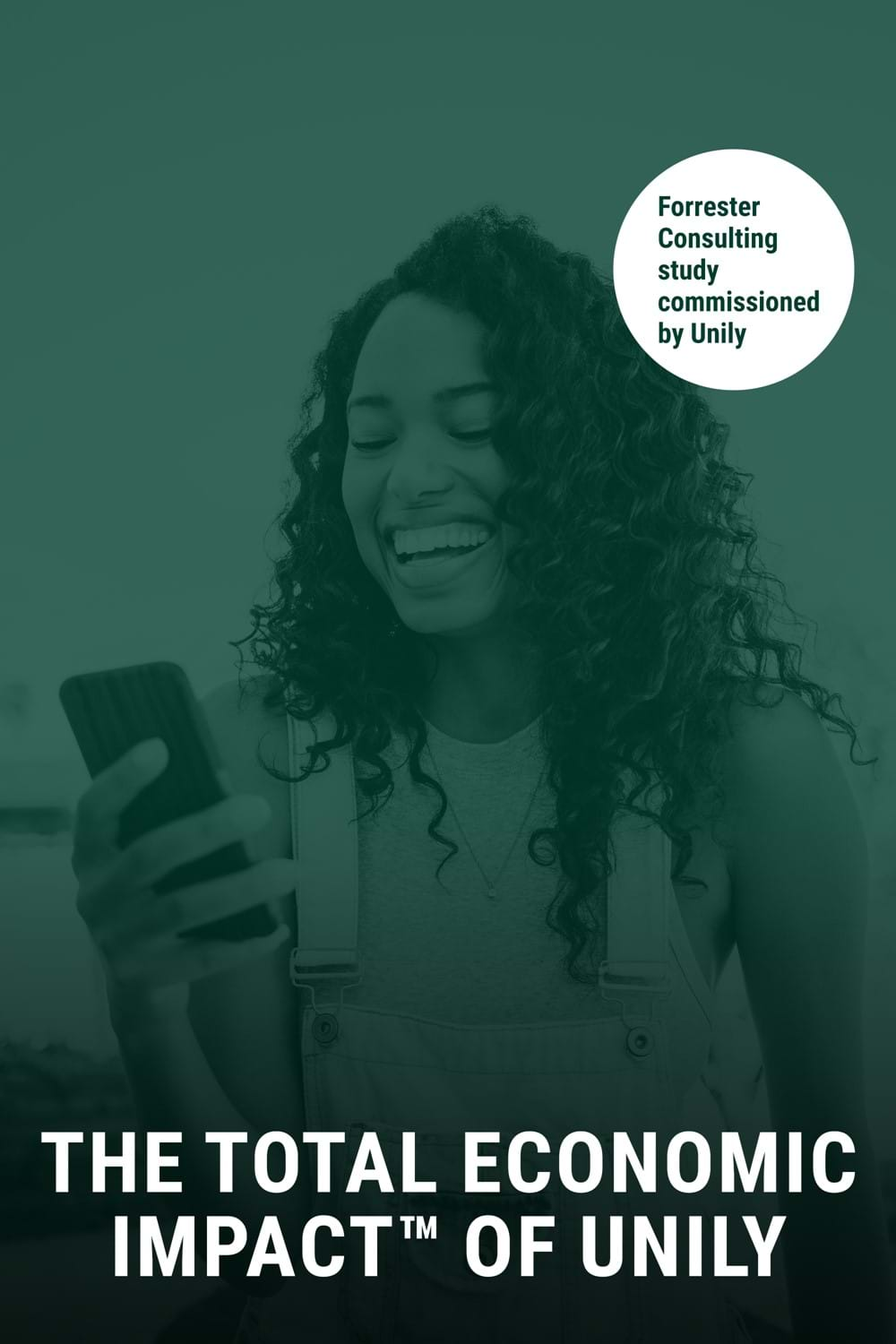Give your leaders the tools needed to inspire, engage, and align your employees with top-down communication. Ensure your employees are recognized and celebrated for their engagement within the company, with a platform that rewards two-way engagement. Allow your enterprise to communicate clearly and directly, and bridge the gap between employees and senior leaders with a platform that encourages effective leadership communications.
"It is the first time we've had the entire intranet actually on mobile, not just a subset of it, and it's well organized so you don't get lost and you can actually find what you need. I've worked on intranets off and on for a long time and I've never seen a mobile experience this strong before."
"People want short, quick, real-time communications. That didn't exist before, today it's instant."
"By providing this new, mobile Unily intranet solution to our 44,000 colleagues, we are helping them to connect and communicate more effectively, which ultimately means a more consistent, high-quality service delivered to customers."
Unily provides an open and transparent space for employees to access all executive communications, right when they need to hear them. Share insights, company updates, and more all from one central platform. Leaders can target their communications based on team or department, ensuring office-based employees and frontline workers alike remain engaged with relevant content that matters to them. Promote a culture of understanding, inclusivity, and respect with the leadership corner.
With all comms accessible from one location, enterprises can centralize their leadership presence. Crucially, organizations can offer employees clarity and guidance on various issues that affect them directly. Offer anytime access to company information such as the company’s stance on every leadership issue. Promote leadership comms and events with customizable comms campaigns. Maintain employee engagement throughout your campaigns with rich media, and interactive features.
Ensure leadership communications get through with intuitive pop-ups and push notifications. Guide your employees over to the leadership corner of the platform on their first visit to make sure they always know how to return there. Keep your employees up-to-date with important executive comms, while cutting through the noise. Take them on a journey through the content you need them to see with customizable campaigns.





Create transparent leadership communications in the workplace. Unily’s employee experience platform promotes leadership and company culture by allowing leaders to share insights directly into their roles, perspectives, and personal journeys. Help foster a deeper understanding and connection between every member of the enterprise. Give your leaders a more effective voice with blogs and social feeds. Allow for more personal executive communications that build trust and express visions and values, further facilitating an engaged and inspired workforce.
Foster a direct line of conversation between employees and leaders with moderated comments on blogs and social feeds. Ensure this content reaches the right people with broadcast emails and preferences that build engagement like audience segmentation and content targeting. With a fully engaged workforce, social features like @mentioning, #hashtags, and comments can ensure relevant conversations always continue. Feedback forms, surveys, and polls let employees provide valuable insights back to leadership, helping leaders discover ways to enhance the working experience.
With a dedicated leadership corner, you can ensure your company’s vision cascades throughout your organization. Targeted content inspires action among employees and allows you to easily see which areas of your enterprise need more encouragement to align with leadership goals. With detailed analytics, you can monitor and report on the level of engagement employees have with executive and leadership messages.
The key to powerful and effective leadership communication lies in creating a culture of transparency, engagement, and open dialogue. Leaders should actively share insights, perspectives, and updates directly with their teams. This transparent approach builds trust, fosters a sense of connection, and contributes to a more cohesive organizational culture.
An example of effective workplace communication involves leaders utilizing various channels to engage in two-way conversations. Whether that’s through emails, meetings, or company-wide platforms, this approach ensures that communication is targeted, inclusive, and easily accessible, thereby promoting a workplace culture grounded in understanding, respect, and inclusivity.
The four pillars of effective leadership communications are transparency, centralization, engagement, and alignment. Leaders should:
Developing executive communication skills involves leveraging tools that facilitate direct interaction with employees. Leadership in the workplace should involve utilizing features such as moderated comments, audience segmentation, and content targeting to ensure effective communication reaches the right audience. Leaders can also gather valuable insights through feedback forms, surveys, and polls, enabling a continuous improvement cycle that enhances the overall impact of executive communication within the organization.










